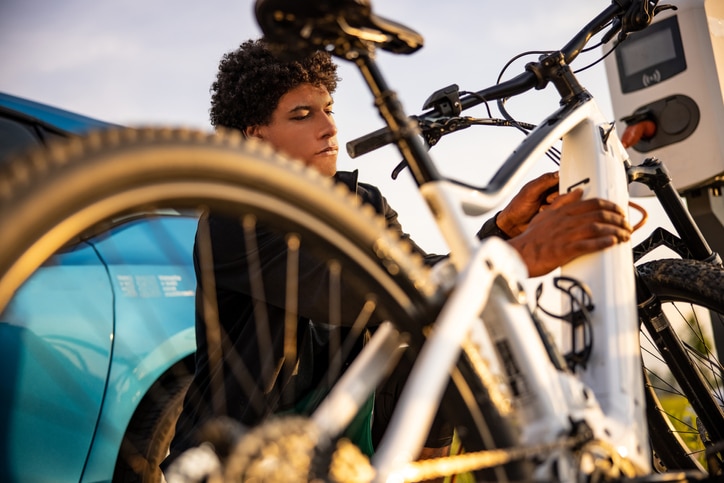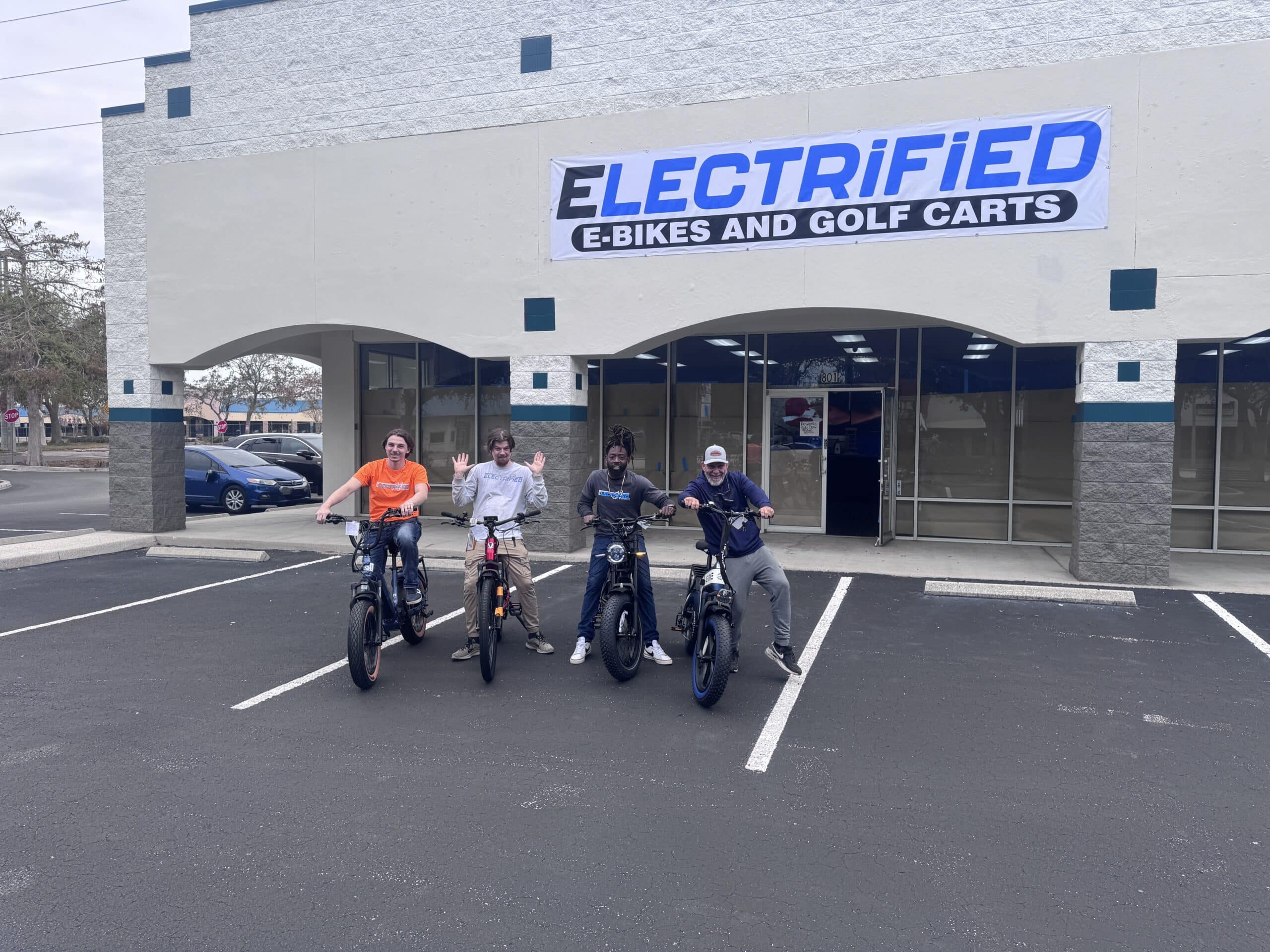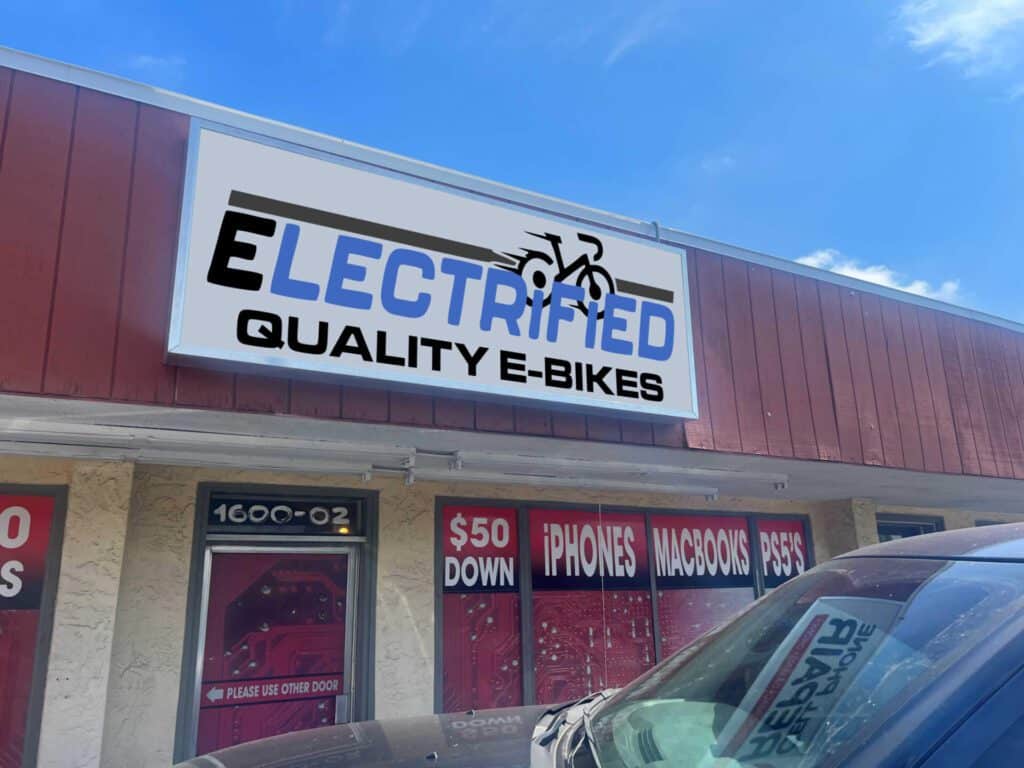Electric bikes are rising in popularity as a fun, convenient way to get around. One of the features of an electric bike that sets it above and beyond the traditional bike is the pedal assist feature.
Pedal assist is the combination of pedal power coupled with an electric motor to assist your pedaling power. Basically, your electric e-bike motor senses your pedaling cadence and then matches that same amount of power to your wheels.
Simply put, the harder you peddle, the more assistance you receive from your e-bike’s motor.
Pedal-assist electric bikes require pedaling to engage the motor. This differs from throttle-controlled electric bikes that don’t need pedaling to use the motor. The pedal-assist feature creates a more intuitive riding experience yet still uses the power of a motor when necessary.
Understanding Pedal Assist by E-bike Class
Class 1 E-bikes: Class 1 e-bikes have a top range of 20 mph, and the motor only works with pedal assist. You have to pedal to get motor assistance.
Class 2 E-bikes: Class 2 e-bikes also have a top speed of 20 mph and use pedal assist and a throttle. This means you can use the engine by using the throttle without pedaling. You also have the opportunity to pedal to engage the motor.
Class 3 E-bikes: Class 3 e-bikes have a top speed of 28 mph and only come with pedal assist. There is no throttle on this class of e-bikes.
<h2>The Main Types of Pedal-Assist Systems
The two types of pedal assist systems are called cadence-based and torque-based.
- Cadence-based: A cadence-based system uses a sensor to monitor and measure your pedaling cadence. Your pedaling cadence is the number of times you pedal per minute. This means the more you pedal, the more power the motor provides.
- Torque-based: A torque-based system employs a sensor to measure the amount of torque you apply to the pedals. Torque is the ability to rotate the rear wheel. The harder you pedal, the more power the motor provides.
Higher torque helps create more acceleration, making climbing steep hills easier. It also makes it easier to start from a complete stop or start again if you are on a steep incline. Generally, these systems are more sophisticated, provide a more natural pedaling experience, and are more responsive to changes in the effort a rider puts out pedaling.
3. Hybrid systems: A hybrid e-bike system combines torque and cadence sensors for a very responsive riding experience.
4. Throttle-controlled pedal-assist: This e-bike system lets you control the motor with a throttle combined with pedaling.
Benefits of a Pedal-Assist Electric Bike
Pedal-assist e-bikes allow for more leisurely cycling and easier effort if you are riding a lot of hills. Longer rides are also more enjoyable.
Power boost. If you need more power but still want to feel like you are riding a bike, the pedal-assist features give you all that.
Reduce your carbon footprint by eliminating the constant need for a car to get around.
Running errands and your daily commute are much more fun on an e-bike.
Extends your range by being able to cover longer distances without getting fatigued.
Getting the Most From Your Pedal-Assist E-bike
Experiment with different levels of assistance to find the right level that works for you. Use a higher level of assistance on steep hills or battling high winds. Flat terrain uses a lower level of assistance.
Pedal smoothly and evenly. Learning to use your gears to your advantage makes riding easier and more efficient, and don’t be afraid to harness your strength and power.
Pedal assist is a great feature that makes e-bikes available to a broader range of riders. Let our Clearwater E-bike store experts help you find the right bike—no matter your needs, preferences, or budget.
Schedule a test drive today!




